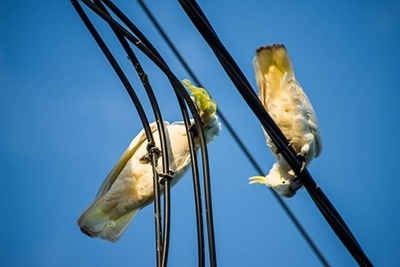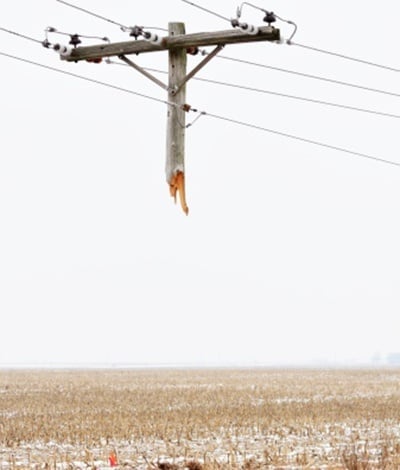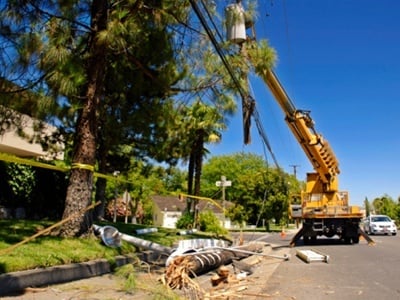 Protecting your fiber network is vital to ensure you continue to deliver services to your customers, retain their business, and get a good return on your investment. However, there are a number of ways that your network can be damaged or even destroyed - how can you minimize risk and guard against failures?
Protecting your fiber network is vital to ensure you continue to deliver services to your customers, retain their business, and get a good return on your investment. However, there are a number of ways that your network can be damaged or even destroyed - how can you minimize risk and guard against failures?
The enemies of your fiber network fall into five main groups:
1. Animals!
Members of the animal kingdom seem to have a fascination with cable, and a single-minded desire to destroy it. Rodents, birds, monkeys and insects have all caused major issues with connections - even bears have been known to try and chew cables in remoter regions. There are plenty more examples of animal attacks in this previous blog, making them public enemy number one for many operators.
2. Mechanical damage
Fiber cables often have to fit through small gaps, around tight corners or share space with other utilities. This means that they can be crushed or bent beyond their acceptable tolerances, leading to network failure and the need to painstakingly remove and replace the affected cable. The good news is that the risk of mechanical damage can be greatly reduced by using rugged/ crush-proof cable that has a small bend radius shaped to fit around obstacles in the transmission path. By installing this carefully and ensuring that anything that might cause future damage (such as stones or rocks in an outside trench) is removed, you can guard against many forms of mechanical damage.
 3. Environmental damage
3. Environmental damage
Spotting mechanical damage can be quite straightforward, but environmental damage can be less obvious.
Extreme and rapid temperature fluctuations can impact performance and reliability, particularly in outside and aerial installations, with weather, rainwater, snow and ice all putting a strain on the network.
Poor deployments can lead to humidity and chemicals affecting cables and other components, while UV rays also impact performance. Again, using quality components designed to meet the specific environmental needs of the installation will minimize risk.
4. Human damage
Networks would be much more reliable without natural human error. Common errors surrounding installation and planning can lead to connections that are prone to damage - for example through poorly thought out routes that can be easily harmed by the elements. We’ve seen cables left hanging down the outside walls of buildings, without any attempt to secure them or to protect the fiber from wind movement and rain. Then there’s vandalism - there were over 1,000 malicious attacks in the US that led to severe outages between 2007 and 2014, according to the Federal Communications Commission. Again, following best installation practice and using the right equipment can reduce the risk for operators.
 5. Accidental damage
5. Accidental damage
Humans are also heavily involved in causing accidental damage to networks. Pulling additional cables in duct may accidentally damage previously installed lines.
Cables and terminations inside buildings can be broken by over-enthusiastic vacuum cleaning, while vehicles (particularly tall ones) can take down aerial cables or poles. Scheduled road maintenance or other digging can cut or damage cables if they are not properly mapped and their locations clearly marked.
Ensuring your network is protected from damage is an ongoing battle. However using high quality components, following best practice and continual monitoring will all help to keep it up and running, safeguarding services and keeping customers happy.


